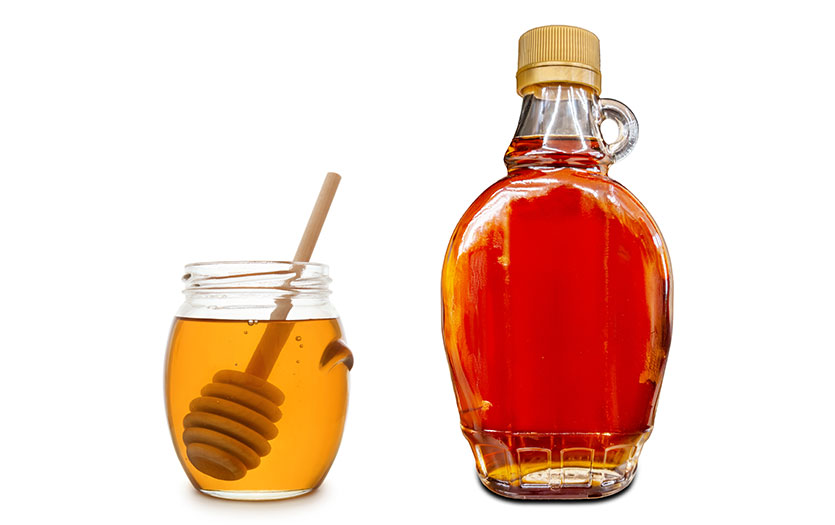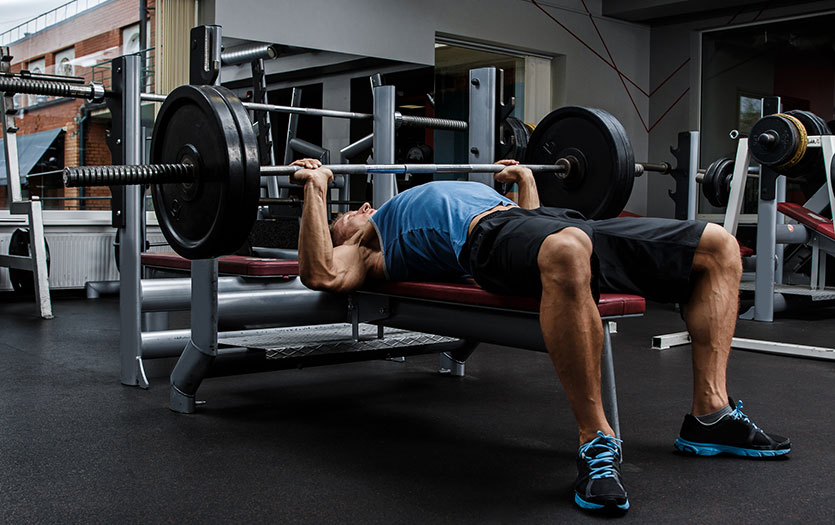Eating on the college campus can be difficult, especially with a busy schedule. Add the pressure of being a college athlete, and things get even trickier. Fueling your body properly for performance is extremely powerful. Christine Sorg, sports dietitian, Parkview Sports Medicine, recently visited a local campus cafeteria to explore the best options for college athletes.
Pick and choose.
Choose foods from several areas of the cafeteria. One great thing about eating buffet style, is that you aren’t limited to a set menu. You can choose something from the soup kettles, grill, buffet or international cuisine stations. As an athlete, you want to build your plate with these key nutrients in mind: 1) carbohydrates, 2) protein, and 3) fruits and vegetables. Aim to get each of the food groups at each meal. A simple way to do this is by creating a plate that is portioned with 1/3 carbohydrates, 1/3 protein, and 1/3 fruits and vegetables.
A bowl of beef vegetable soup is perfect for rehydrating, as foods can provide fluids, too. Plus, beef offers protein to aid in muscle synthesis. A side of cooked asparagus would supply antioxidants for recovery and healing.
Not a fan of soup? Mashed potatoes are a great carbohydrate, especially following a high intensity practice or game. Avoid the gravy and use beef broth, if available, instead.
Another option I’ve seen in campus cafeterias is five grain pilaf with Portobello mushrooms and kale. Kale packs a vitamin A punch – great for eyesight to see the ball and your man – and vitamin C for wound healing and boosting your immune system. The mushrooms provide some added fiber and protein. Add a glass of low fat milk and fresh fruit, and you’ve got a great post-workout meal.
If you prefer pasta, be sure to identify a protein. In some cases, the cheese in a ravioli or pasta dish is the protein. The marinara sauce offers added vitamins, specifically vitamin C. I recommend choosing the marinara sauce more often than a white sauce. Pack on the nutrient-dense foods by choosing a side salad with dried fruit, beans, sunflower seeds and colorful vegetables. Top it with oil and vinegar dressing. Pair some milk or yogurt with it, and you’ve got great meal.
Dessert?
If you have the option for desserts, limit it to every other day, and choose fruits or frozen yogurt when available.
Building the best plate.
The key to building your plate in the cafeteria is to monitor your portion sizes. An athlete burning hundreds or thousands of calories per day from their sport might need a few extra portions, whereas someone who has been off for a few days might build a plate with a smaller portion of carbohydrates.
Get a game plan.
The collegiate athlete really needs to pin point what they are going to eat in the cafeteria before they enter. Planning ahead is always the key to success. Most campus cafeterias post a weekly menu, so utilize this in preparing. Remember; choose carbohydrates for energy, protein for muscle building, and fruits and vegetables for boosting immunity and decreasing your risk for injury. Hydrate with water or milk, and leave the Gatorade and chocolate milk to pre/post-practice and games.





